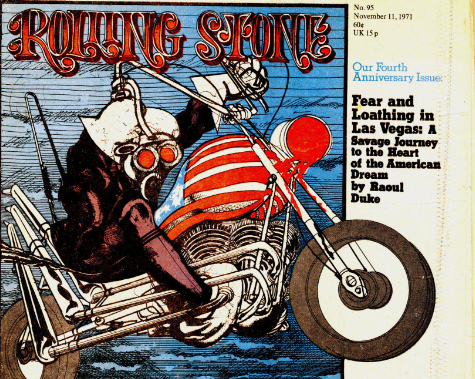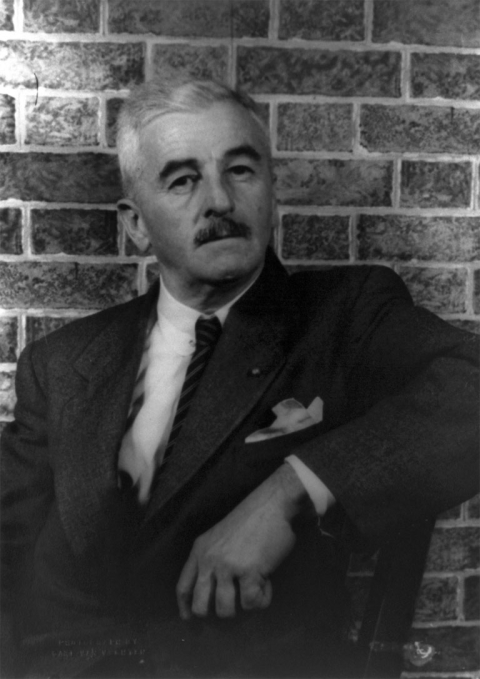Fresh off the international success of his play Waiting For Godot, Samuel Beckett made a film, called aptly enough Film. It came out in 1965 and proved to be the only motion picture the soon-to-be Nobel Prize winner would ever make. As you might expect, it is enigmatic, bleakly funny and very, very odd. You can check it out on YouTube.
The 17-minute silent short is essentially a chase movie between the camera and the main character O — as in object. Film opens with O cowering from the gaze of a couple he passes on the street. Meanwhile, the camera looms just behind his head. At his stark, typically Beckettesque flat, O covers the mirror, throws his cat and his chihuahua outside and even trashes a picture — the only piece of decoration in the flat — that seems to be staring back at him. Yet try as he might, O ultimately can’t quite evade being observed by the gaze of the camera.
Barney Rosset, editor of Grove Press, commissioned the movie and regular Beckett collaborator Alan Schneider was tapped to direct. As Schneider recalled, the first draft of the screenplay was unorthodox.
The script appeared in the spring of 1963 as a fairly baffling when not downright inscrutable six-page outline. Along with pages of addenda in Sam’s inimitable informal style: explanatory notes, a philosophical supplement, modest production suggestions, a series of hand-drawn diagrams.
It took almost a year of discussion to bring the movie’s themes and story into focus.
For the lead character Beckett wanted to hire Charlie Chaplin until he was informed by an officious secretary that Chaplin doesn’t read scripts. Beckett then suggested Buster Keaton. The playwright was a longtime fan of the silent film legend. Keaton was even offered the role of Lucky on the original American production of Godot, though the actor declined. This time around, though, Keaton signed on, even if he couldn’t make heads or tales of the script.
And he wasn’t the only one. Ever since it came out, critics have been puzzling what Film is really about. Is it a statement on voyeurism in cinema? On human consciousness? On death? Beckett gave his take on the movie to the New Yorker: “It’s a movie about the perceiving eye, about the perceived and the perceiver — two aspects of the same man. The perceiver desires like mad to perceive and the perceived tries desperately to hide. Then, in the end, one wins.”
Keaton himself defined the movie even more succinctly, “A man may keep away from everybody but he can’t get away from himself.”
Related Content:
Samuel Beckett Directs His Absurdist Play Waiting for Godot (1985)
Rare Audio: Samuel Beckett Reads Two Poems From His Novel Watt
Jonathan Crow is a Los Angeles-based writer and filmmaker whose work has appeared in Yahoo!, The Hollywood Reporter, and other publications. You can follow him at @jonccrow.




